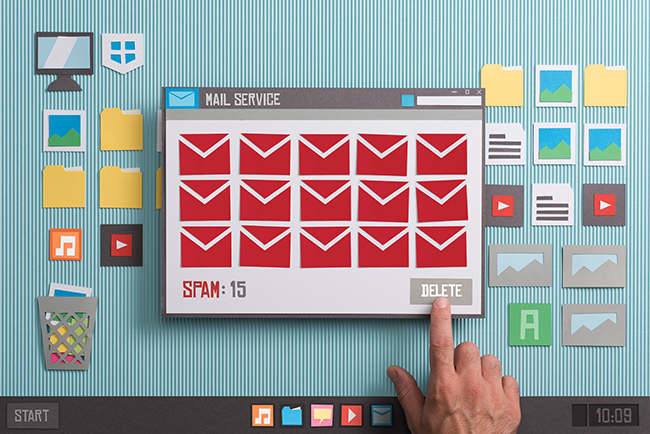If you send an email to a so-called “Spam Trap” address, it will be automatically classified as spam. Because of this, maintaining clean email lists is crucial for successful online marketing campaigns.
Doing so lessens the possibility that your email may wind up in a spam trap and will also help maintain a positive sender reputation and high delivery success rates. You may also lower email bounce rates by maintaining a clean mailing list. Therefore, list cleanliness is crucial to the success of any email marketing campaign.
Let’s talk about how to improve your email marketing by avoiding spam traps.
Methods of Spam Prevention
To combat spam traps, we must first understand how they function. These are disposable email addresses made available by spam-fighting groups and ISPs. Since genuine individuals don’t utilize them, they can’t sign up for a mailing list.
Email addresses used as spam traps are often found on lists purchased or obtained via data scraping. That is to say, including email addresses on such lists was unauthorized. Unsolicited email is considered spam since the recipient did not request to receive it. Even honey pots have been known to wind up on spammers’ blacklists despite being explicitly whitelisted.
Marketers that operate ethically take great pains to purge their contact databases of potential spam traps. This is the criterion used by anti-spam groups and internet service providers to classify messages as spam or not. So, let’s have a look at the different spam traps available.
The Various Spam Traps
You should be aware of a few distinct kinds of spam traps. Some examples might be:
- Pristine Spam Traps
- Recycled Honey Pots
- Emails with typos
- Invalid email addresses
Pristine spam traps
These deadly traps go by the name “True Traps” at times. Scammers that troll the web seeking victims may be caught using Pristine Traps. Typically, they are included in website code, which may be harvested by email scraping software.
Recycled Honey Pots
You can tell whether someone is sending spam by sending an email to this address, which used to be active but is currently just used for this purpose. When receiving emails that seem like they may be spam, it’s best to avoid doing anything that would give them away, such as clicking on links or downloading attachments. Your inbox now has a collection of email addresses often used for spamming.
Emails from former employees are one possible source. Some of the emails you receive may be from people in different countries. The typical format for these is to list the person’s name and position first. Take, for instance, salespersonABroad@.
You will get a hard bounce message when you send an email to an invalid address. If you do get such alerts, you should promptly have that address deleted.
Emails with typos
No longer available or never-before-used email addresses are considered invalid. In addition, their presentation is occasionally off. When emails are sent to incorrect addresses, the sender’s reputation suffers.
Invalid Email Addresses
An email recently included domain traps. These are the inactive domains that nobody has touched in years. The domain code is then appended to invalid email addresses.
Attempts to scrape such a URL for contact information will add spam traps to the scraper’s list. An essential piece of advice is to avoid using out-of-date websites. What steps should I take to avoid falling victim to a spam trap?
Spam traps can be obtained via numerous means. However, the most typical ones result from sloppy list administration and maintenance of email contacts. Spam filters are easy to fall into if you aren’t using best practices for email marketing. Spam traps are fake email addresses that don’t belong to actual individuals and won’t interact with your messages.
Therefore, one of the simplest methods to eliminate spam traps is to unsubscribe inactive users. People who don’t respond to your emails by, say, clicking on any links or opening any attachments.
If you want to check more on this subject, click here.


